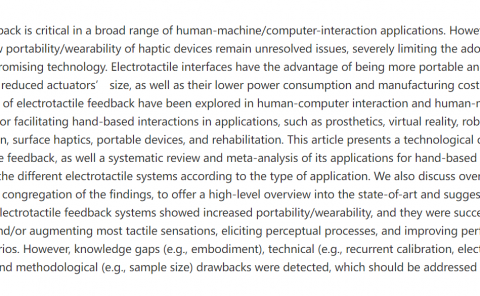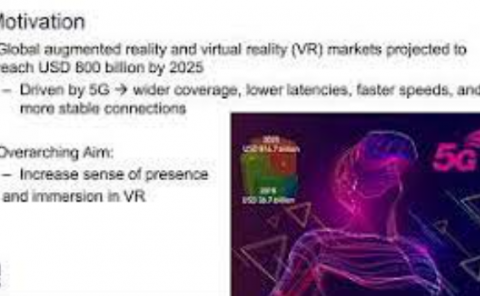Haptic Augmentation For Teleoperation through Virtual Grasping Points
PubDate: February 2018
Teams: Deutsches Zentrum fur Luft und Raumfahrt Standort Bonn;Universidad Politecnica de Madrid
Writers: Michael Panzirsch; Ribin Balachandran; Bernhard Weber; Manuel Ferre; Jordi Artigas
PDF: Haptic Augmentation for Teleoperation through Virtual Grasping Points

Abstract
Future challenges in teleoperation arise from a new complexity of tasks and from constraints in unstructured environments. In industrial applications as nuclear research facilities, the operator has to manipulate large objects whereas medical robotics requires extremely high precision. In the last decades, research optimized the transparency in teleoperation setups through accurate hardware, higher sampling rates, and improved sensor technologies. To further enhance the performance in telemanipulation, the idea of haptic augmentation has been briefly introduced in [Panzirsch et al., IEEE ICRA, 2015, pp. 312-317]. Haptic augmentation provides supportive haptic cues to the operator that promise to ease the task execution and increase the control accuracy. Therefore, an additional haptic interface can be added into the control loop. The present paper introduces the stability analysis of the resulting multilateral framework and equations for multi-DoF coupling and time delay control. Furthermore, a detailed analysis via experiments and a user study is presented. The control structure is designed in the network representation and based on passive modules. Through this passivity-based modular design, a high adaptability to new tasks and setups is achieved. The results of the user study indicate that the bimanual control brings large benefits especially in improving rotational precision.


